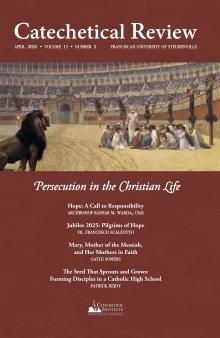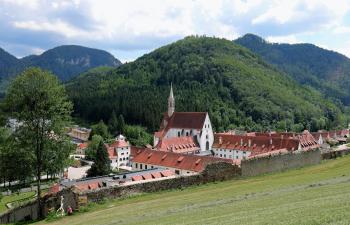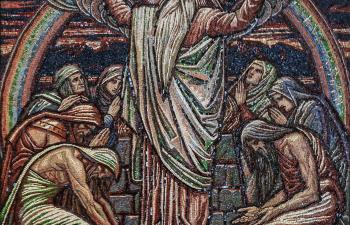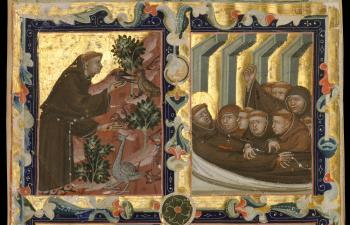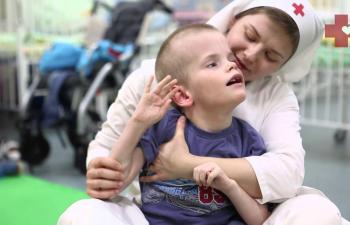 About three years ago, I purchased two small citrus plants. Their tags said “trees,” but they were barely big enough at the time to be considered blades of grass. They were just two small plants, each in its own black three-gallon bucket. As a Midwesterner born and raised in and around Chicago, I had moved to Southern California only six years prior. One day in the patio of a local retreat center, I came upon a dozen or so orange trees growing in planters. They were full of succulent fruit—ripe, plump oranges ready to be seized and waiting to have someone’s teeth sunken into them. Inspired, I decided I should try my hand at citrus cultivation at home. This would be my first attempt at growing anything of the sort. I placed the two newly purchased infant plants on my balcony in the sun, watered them, and hoped for the best.
About three years ago, I purchased two small citrus plants. Their tags said “trees,” but they were barely big enough at the time to be considered blades of grass. They were just two small plants, each in its own black three-gallon bucket. As a Midwesterner born and raised in and around Chicago, I had moved to Southern California only six years prior. One day in the patio of a local retreat center, I came upon a dozen or so orange trees growing in planters. They were full of succulent fruit—ripe, plump oranges ready to be seized and waiting to have someone’s teeth sunken into them. Inspired, I decided I should try my hand at citrus cultivation at home. This would be my first attempt at growing anything of the sort. I placed the two newly purchased infant plants on my balcony in the sun, watered them, and hoped for the best.
Any gardeners reading this can imagine how my little experiment turned out: Not well. Two years later, the trees hadn’t produced a single bud. They were just enthusiastic little plants trying to look like grown-up trees slowly inching taller in their black pots in the balcony sun. Thankfully, though, that’s not the end of the story.
Several trips to the local nursery later, including long conversations with one of our neighborhood’s most green-thumbed arborists, I learned some of the secrets to turning my fledgling plants into real fruit trees. Bigger pots, better dirt, more strategic placement for the right amount of sunlight, and regular fertilizing all combined would turn my barren citrus branches to high-yielding, fruit-filled foliage. It’s taken conventional wisdom, expert advice from someone with proven know-how, time, and a lot of patience, but my inaugural journey into the agricultural world has finally paid off.
Pope St. John Paul II once said, “Evangelization is often referred to in agricultural terms. Saint Paul in fact calls the Christian community ‘God’s field’ (1 Cor. 3, 9).”[1] Those of us who work in the vineyards of Catholic schools have firsthand experience with this reality. Apostolic work, especially with young people, demands many of the same things required of farming. Every time we meet a young person or a colleague, we know not whether we are planting a seed, watering it, or harvesting it. Each requires strategy, skill, and most of all, like the farmer in one of Jesus’ parables, patience. “[He] would sleep and rise night and day and the seed would sprout and grow, he knows not how” (Mk 4:27).
The rest of this online article is available for current Guild members.
[1] John Paul II, Homily of His Holiness John Paul II, Holy Mass for the Faithful of the Archdiocese of Semarang, Yogyakarta, Indonesia, October 10, 1989.
[2] Pope Francis, quoted in Carol Glatz, “Even in Darkest Nights, God's Light Awaits, Pope Says” (Nov. 3, 2020), National Catholic Reporter, https://www.ncronline.org/spirituality/francis-comic-strip/francis-chronicles/even-darkest-nights-gods-light-awaits-pope-says.
Art Credit: Boston Easter Vigil, George Martell/The Pilot Media Group, CC.
This article is from The Catechetical Review (Online Edition ISSN 2379-6324) and may be copied for catechetical purposes only. It may not be reprinted in another published work without the permission of The Catechetical Review by contacting [email protected]


